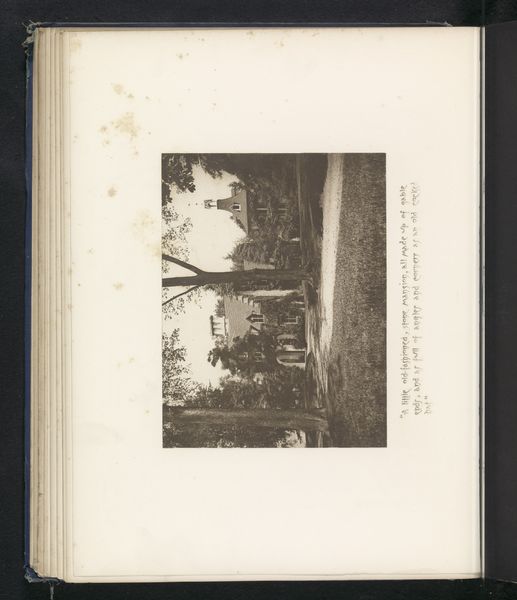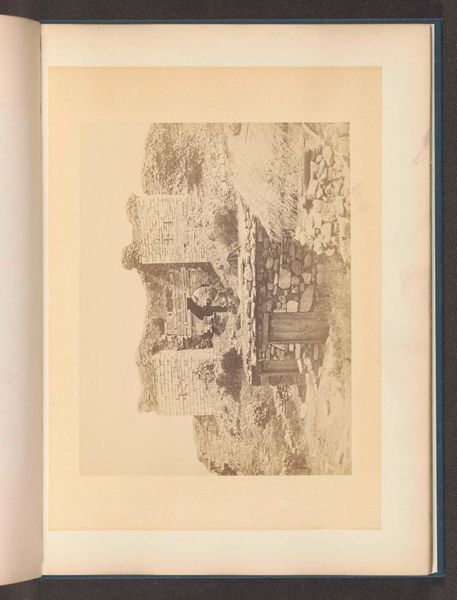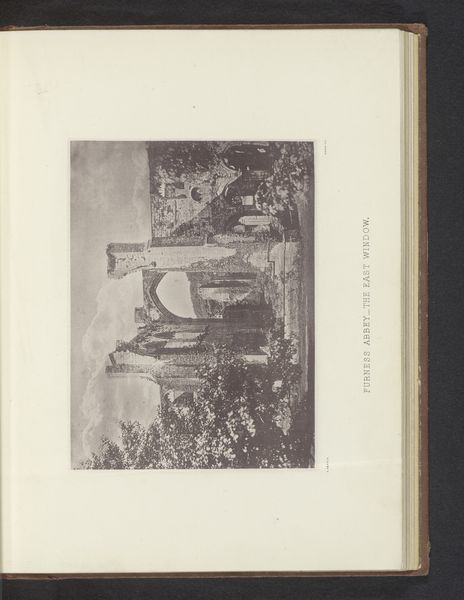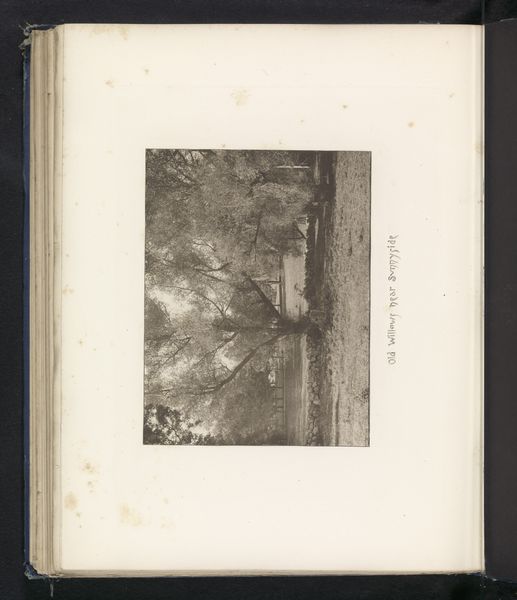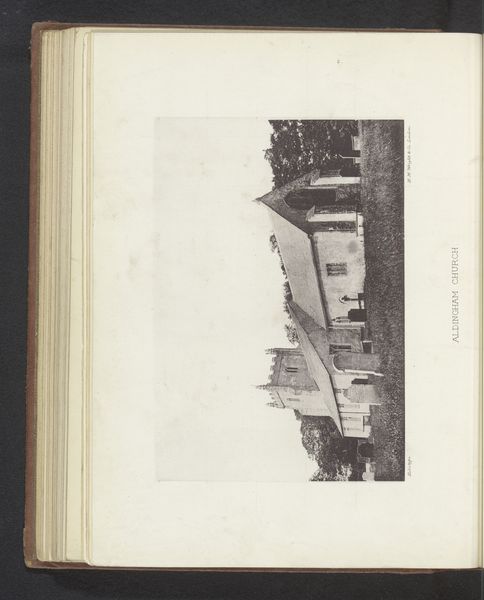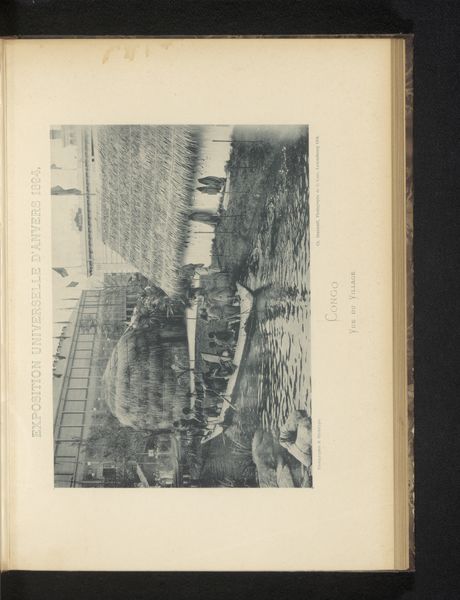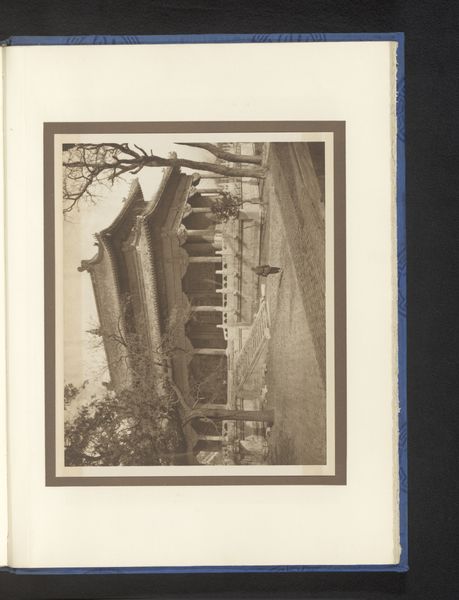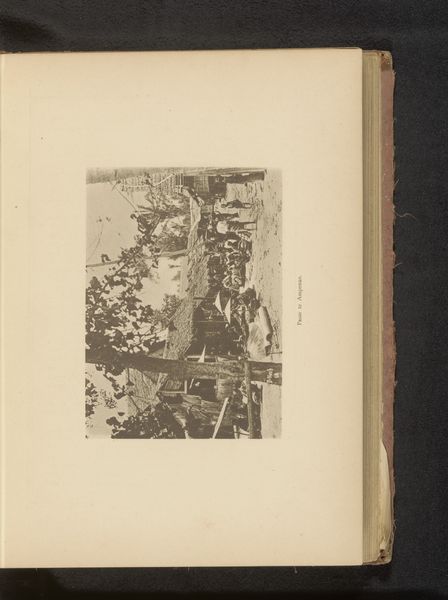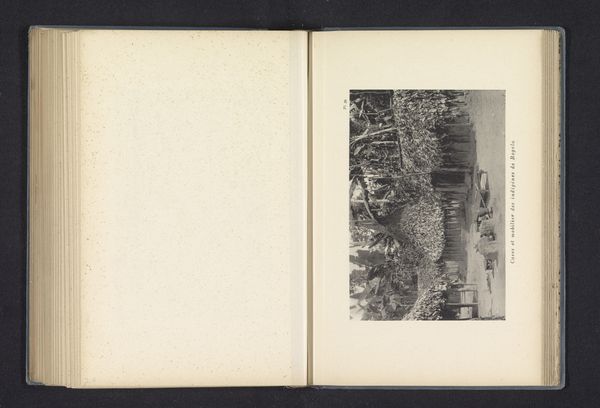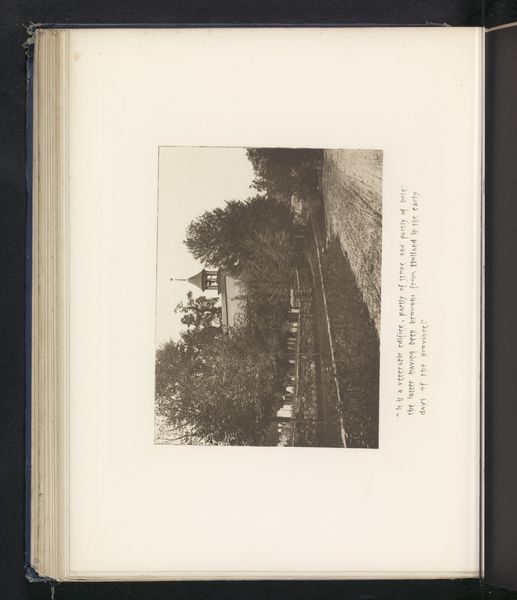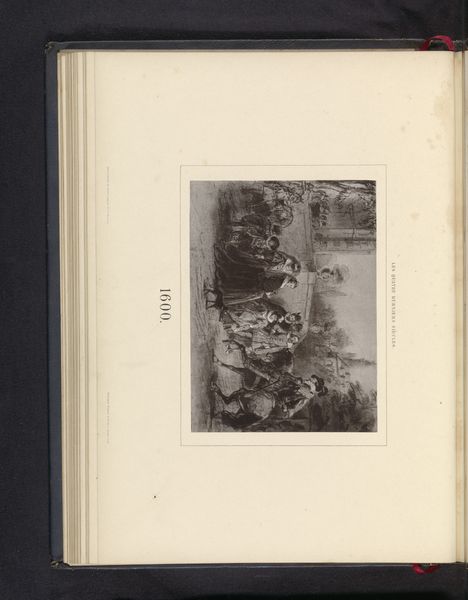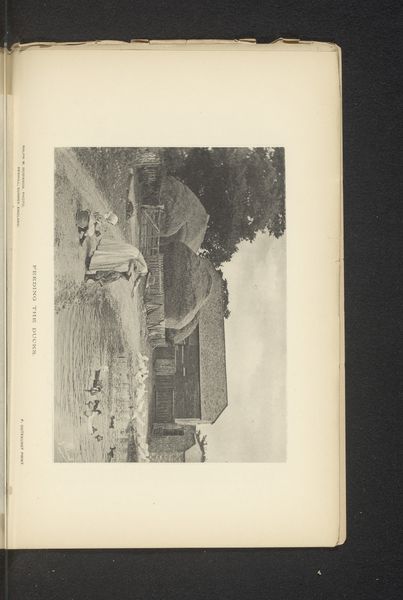
print, photography
# print
#
landscape
#
photography
#
ancient-mediterranean
Dimensions: height 142 mm, width 181 mm
Copyright: Rijks Museum: Open Domain
Editor: This photograph, titled "Ruins of the tomb of Saint Luke in Ephesus," taken by A. Svoboda before 1869, presents a landscape of crumbling ancient structures. It has this ethereal quality because of the photographic process. I’m immediately struck by the sense of decay and the passage of time, but also resilience. What layers do you see in this image? Curator: That’s a great observation about resilience. Think about what it meant to photograph ruins like these in the 19th century. Svoboda's work becomes a document, engaging with complex dialogues about colonialism and power. These ruins are more than just remnants of the past; they symbolize the fraught relationship between Europe and the cultures it sought to dominate. What do you think about the framing? Editor: I didn’t think of that! The framing almost seems reverential, like a pilgrimage site but then everything seems unstable and on the verge of further collapse. Curator: Precisely. And it’s also necessary to examine how faith traditions intersect with these power dynamics. Ephesus, venerated for its association with Saint Luke, became a focal point for religious and archaeological expeditions, reflecting Europe's fascination with Christian origins and its projection of its religious narratives onto the East. To whom did that "original" narrative belong and what was omitted? Editor: So the ruins aren’t just ruins; they’re a contested site for identity and control? Curator: Exactly. And remember, photography itself was a relatively new technology. Svoboda’s choice of this medium, especially one that purported objectivity, also plays into how this "truth" about Ephesus was constructed. Editor: I am really seeing this photograph in a completely new way now. Thanks so much. Curator: My pleasure. This deeper reading illuminates how we can challenge these embedded colonial gazes.
Comments
No comments
Be the first to comment and join the conversation on the ultimate creative platform.
